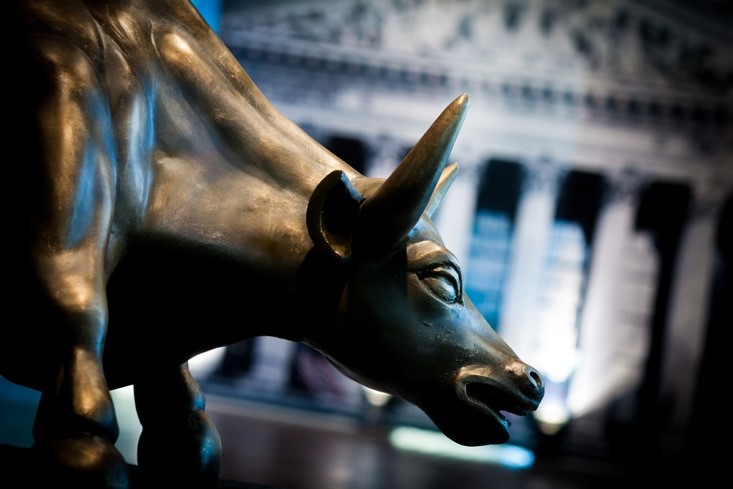“Once a bull market is 5 years old, its remaining life expectancy does not diminish. If anything, it increases!”
– R. David Ranson, President and Director of Research, HCWE & Company
Academic economists have uncovered quite a few anomalies in the world of high finance.
For example, why did Jeremy Siegel, the “Wizard of Wharton,” say that growth stocks and media darlings are often the worst performers?
How is it possible for high dividend value stocks to outperform low dividend growth stocks?
Why do stocks with clever ticker symbols like LUV and MAIN so often beat the market?
How did Burton Malkiel discover it’s possible for monkeys throwing darts at stock pages to consistently beat the S&P 500 Index?
These – and other fascinating questions – will be discussed and resolved at this year’s FreedomFest by Rob Arnott, the “godfather of smart beta,” and Gary Smith, professor of finance at Pomona College (Claremont University).
Arnott has won seven Graham & Dodd Awards and is the former editor of the prestigious Financial Analysts Journal.
Smith, who earned his Ph.D. in finance from Yale under Nobel Prize-winning economist James Tobin, specializes in stock market anomalies, debunking economic myths, and confirming why “regression to the mean” works in education, sports, housing and investing.
(For details about the Arnott-Smith discussion at FreedomFest, click here. If you sign up before March 31, you’ll get $200 off the registration fee.)
Bull Markets Don’t Die of Old Age
Here’s another strange phenomenon: Bull markets that last more than five years tend to stay bullish much longer than expected.
That’s the surprise conclusion from HCWE & Company President and Director of Research R. David Ranson.
Ranson reviewed 14 bull markets (since 1925) and found that while the average length was 55 months (more than 4.5 years), the median length was 38 months.
According to Ranson’s research, the longest bull market ran from August 1988 to January 2001 – more than 149 months (or 12 years). Its total return was 610%. He found the second-longest bull market ran from November 1946 to November 1957 – 132 months (or 11 years). And its total return was 427%.
The current bull market started in March 2009 and has lasted 108 months (or nine years), with a total return of 334%.
Thus, in Ranson’s view, the current bull market is the third-longest in history.
How Long Will the Current Bull Market Last?
There’s nothing inevitable about the collapse of a bull market. A bull market can continue indefinitely.
Ranson defines the end of a bull market as a sell-off of more than 10% over the course of the prior 12 months.”
Most analysts on Wall Street are convinced that the stock market is cyclical, that bull markets eventually must die of old age and that economic booms must inevitably be followed by busts.
Cassandras are making headlines regularly now, saying that the bull market is running out of steam and could crash at any time.
What Kills a Bull Market?
According to Ranson’s research, bull markets don’t die of old age. Rather, they are “killed” by harmful public policies.
What harmful policies could kill this bull market?
Clearly, higher taxes and more regulation didn’t cause the markets to crash. Both Clinton and Obama raised taxes and increased regulations, yet stocks roared ahead.
George W. Bush cut taxes in 2001 (especially on capital gains), but we still suffered from a financial crisis in 2008.
Federal Reserve policy seems to be a key indicator. If the Fed imposes a tight monetary policy and raises rates too quickly, it could kill this bull market.
That’s what happened in 2000 and 2008.
Maybe even a major trade war could cause a bear market. We’ll see.
Ranson concludes, “There is no tendency for life expectancy to decline as a market advance gets older. The present stock market advance, which began 108 months ago, is no more likely to end within the next 12 months than it was when it was only 12 months old.”
Good investing,
Mark
Thoughts on this article? Leave a comment below.
Mark Skousen is a true believer in reason, self-determination, hard work and liberty. Since 1980, Mark has been the editor-in-chief of the award-winning investment newsletter Forecasts & Strategies. He’s a successful author and publisher of several books, including The Maxims of Wall Street and Investing in One Lesson. He is also the founder of FreedomFest, an annual gathering in Las Vegas of the freedom movement from around the world.
